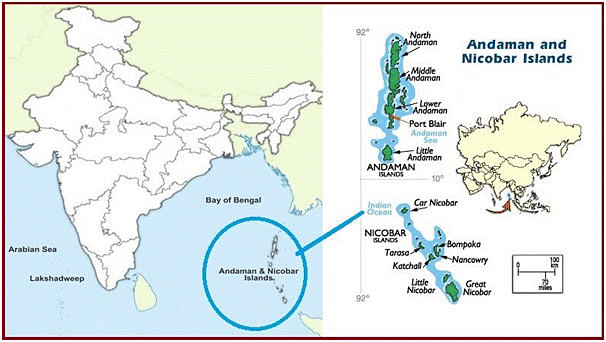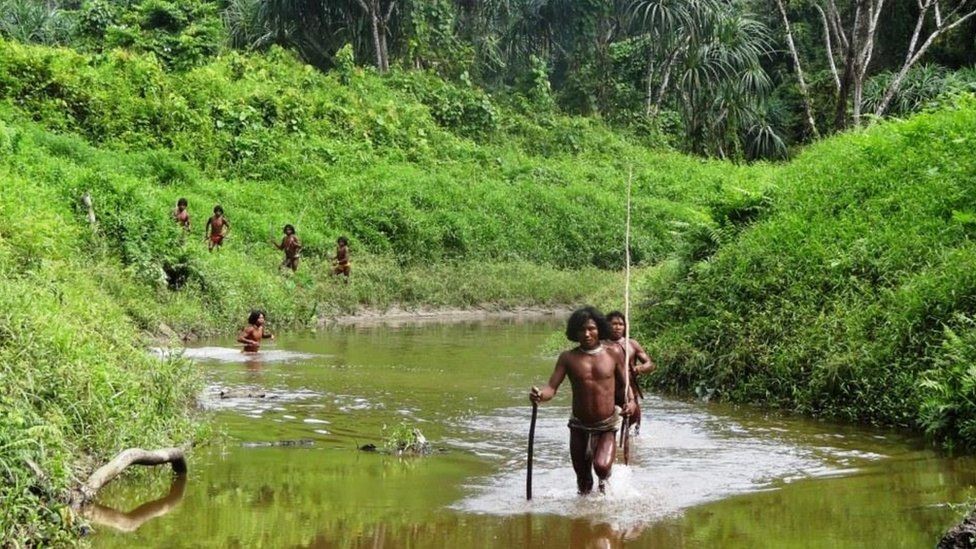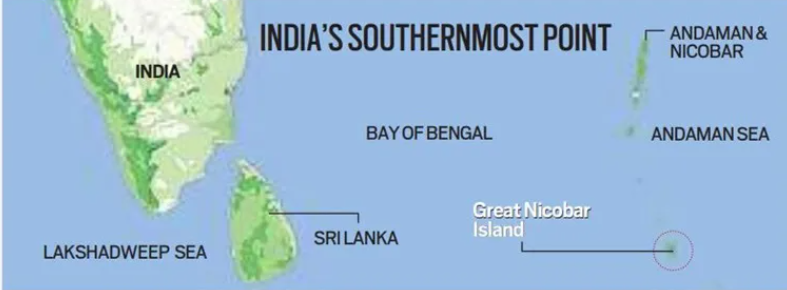Free Courses Sale ends Soon, Get It Now


Free Courses Sale ends Soon, Get It Now



Disclaimer: Copyright infringement not intended.
Context
India's president has made a whistle stop tour of an island earmarked for multi-billion dollar development that experts warn could wipe out the indigenous tribe which calls it home.
Details
Great Nicobar Island:
India’s southernmost point:
Protected area:
Inhabitants:
Flora and fauna:
Shompen Tribe

Threat and Concern
The “Holistic Development of Great Nicobar Island” project

Economic and strategic importance
The concerns
|
PRACTICE QUESTION Which one of the following pairs of islands is separated from each other by the ‘Ten Degree Channel’?
Answer A |
© 2024 iasgyan. All right reserved